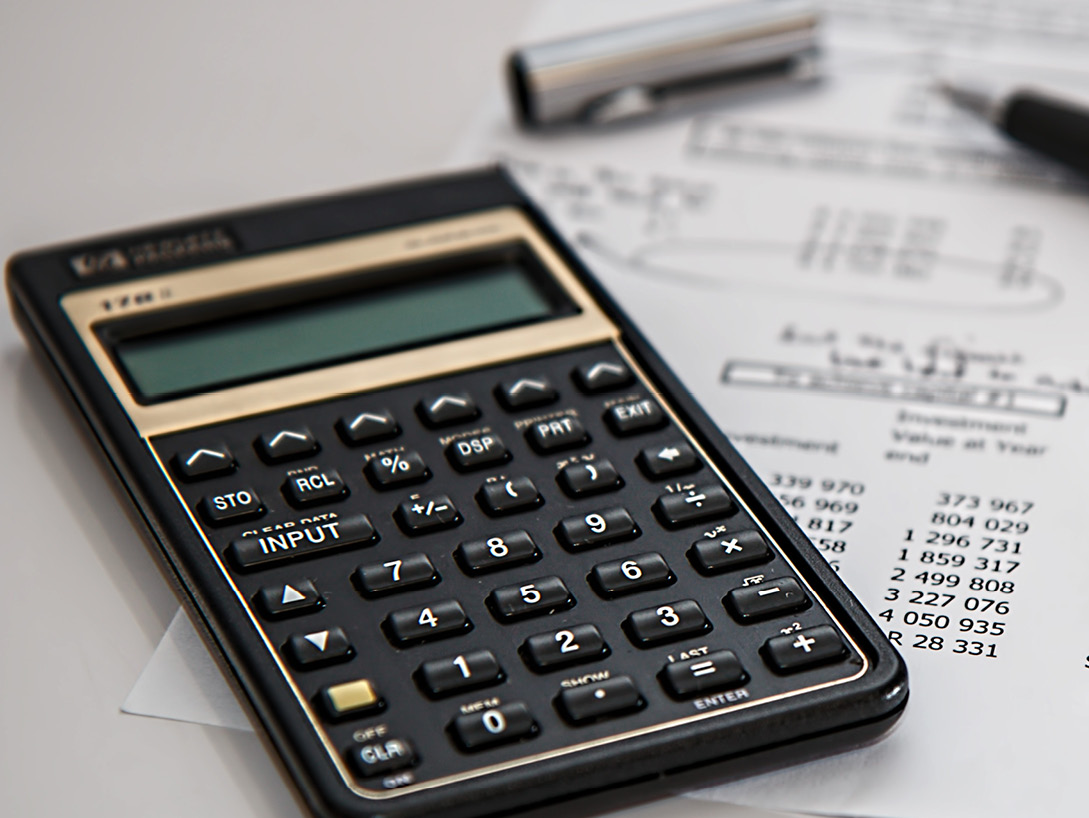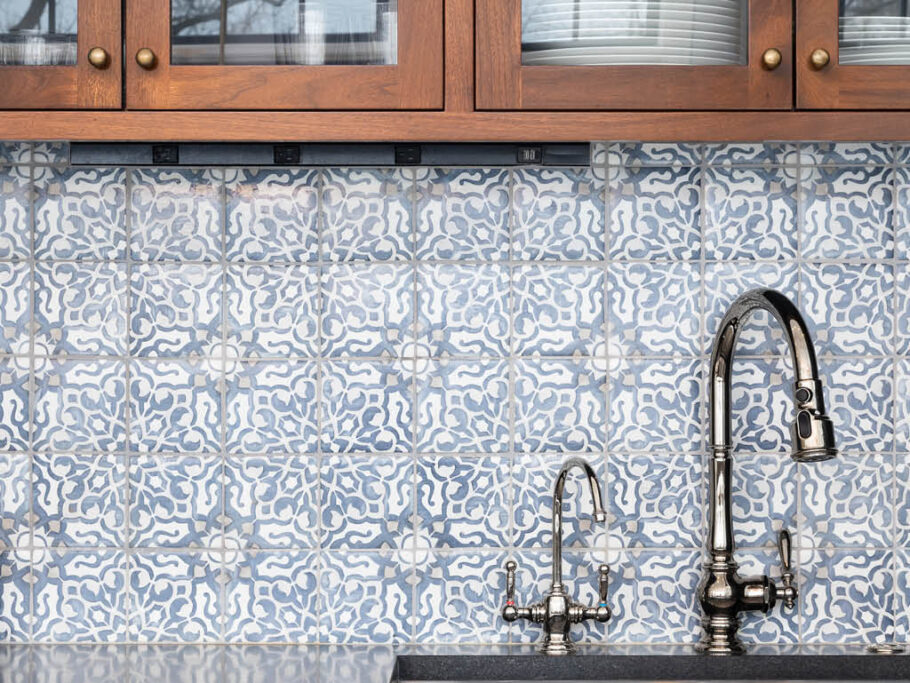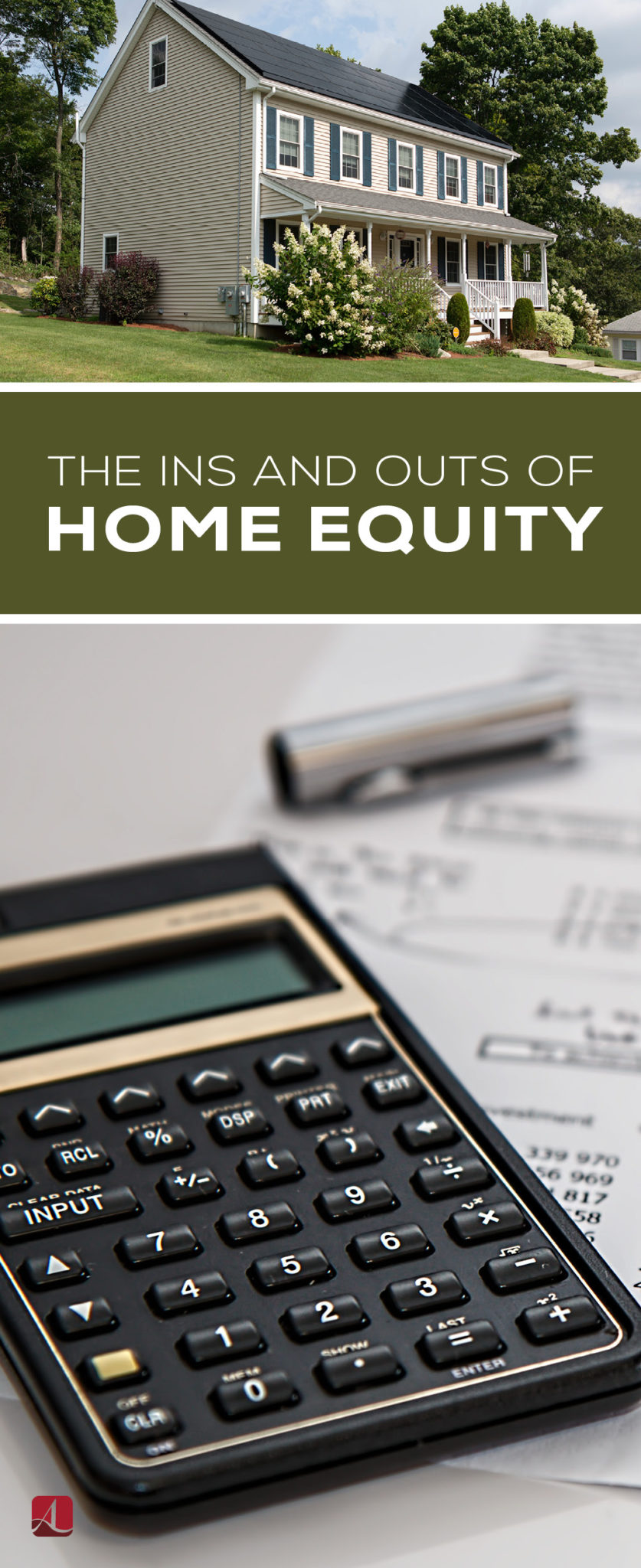The Ins and Outs of Home Equity
One of the many benefits of homeownership is your ability to build equity. While you may already know that equity is an excellent thing to have, you may not know how to use it or what it even is. Use this guide to learn more about home equity and the ways you can use it.
Before deciding how to use your home’s equity, be sure to speak with your financial advisor or a mortgage professional to understand all your options better.

What is home equity?
Equity is the difference between the fair market value of your home and how much money remains on your mortgage. For example, if you still owe $100,000 on your mortgage, and your home is worth $250,000, you have $150,000 of equity in your home.
However, equity doesn’t simply equate to paying down your mortgage. Several factors can impact equity. For example, if your home’s value goes up over time, so will your equity. On the contrary, some circumstances can negatively affect your home’s equity, like if your home’s value decreases even as you pay off your mortgage. Learn more about factors that affect your home’s equity here.
To learn how much equity you have, you’ll need to know the fair market value of your home by having an appraisal done or through receiving a comparative market analysis completed by a real estate agent. While there are several online tools you can use to get an estimate of your home’s value, you’ll need an accurate figure to learn exactly how much equity you have.

How to use home equity
You can use your home equity in a variety of ways. One option is to use it as a down payment on a new home. When you sell your home, you’ll typically receive most of your equity back at closing.
You can also decide to borrow against your home equity. Before making this decision, speak with a mortgage professional about how this will affect your current mortgage. Three of the most popular ways to borrow against your equity include:
- Home equity loans: Also known as a second mortgage, this is paid out in a lump sum and repaid in monthly payments at a fixed interest rate for the life of the loan.
- Home equity lines of credit (HELOC): This is similar to a credit card and is a line of credit with a limit for how much you can borrow and for how long with a variable interest rate.
- Cash-out refinancing: This option creates a larger mortgage on your home. You’ll use this new mortgage to pay off your original mortgage while taking the difference in cash.
To obtain one of these options, you’ll go through a similar process to the one you went through to obtain your original mortgage. A lender will determine the current value of your home and use personal information like your debt-to-income ratio, credit score, and annual income to decide whether to approve your application and for how much.
Once you’ve decided on the best option and you’re approved, you’ll have numerous ways to use this money. One of the most common ways many people choose to use their home equity is upgrading their living space. By investing in home improvements, such as a kitchen remodel or an addition, you can increase its overall value, building more equity in your home. Speak to a real estate professional about the renovation’s potential return on investment (ROI), and its impact on your resale value, before making any final decisions.
Your home equity is an important asset to have, and using it wisely can help improve your financial foundation.































